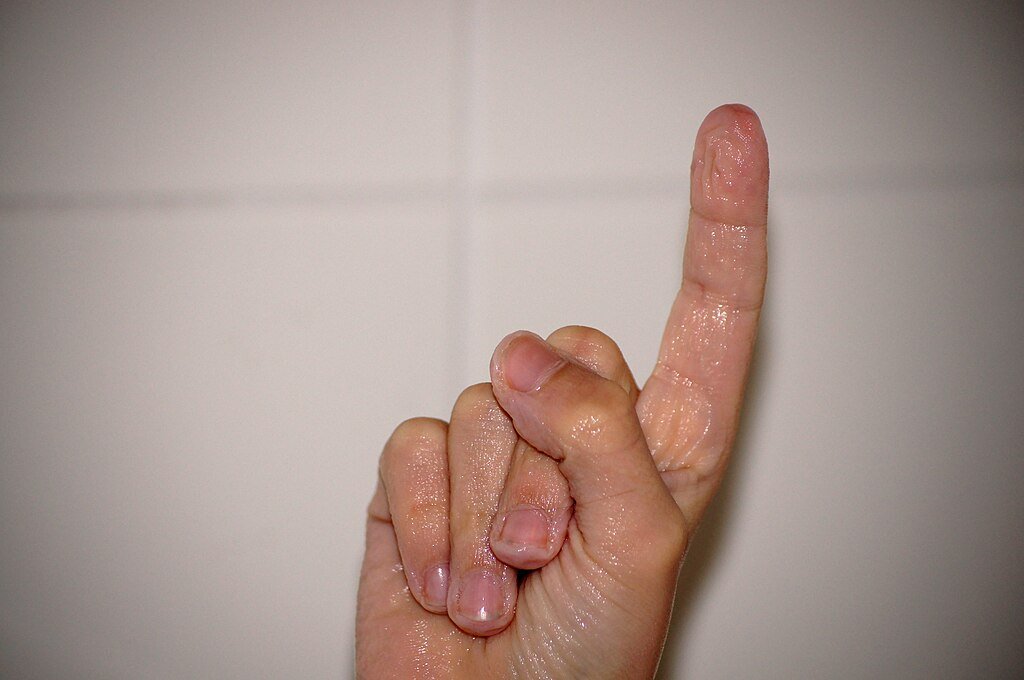Electric Power
Electrical power is the rate, per unit time, at which electrical energy is transferred through an electrical circuit. According to the International System of Units, the unit of measurement for this power is the watt, symbol W, or the equivalent of the power required to uniformly transfer one joule of energy for one second.
Electrical energy usually comes from electrical generators, but can also be provided by secondary sources such as electric batteries. It is supplied to businesses and homes (as home grid electricity) by the electric power industry through an electrical grid.
Electrical energy can be carried over long distances through transmission lines and used for applications such as motion, light or heat with high efficiency.
Electric Power Formula
1st formula
The power of an electrical appliance corresponds to its need instantaneous in electricity. It is measured in Watts (Symbol W).
The energy consumed by this appliance is therefore a function of its power and duration of use of the device:
E = P x t
E: energy in Joules E: energy in Watt.hour
P: power in Watts P: power in Watts
t: duration of use in seconds t: duration of use in hours
We know that:
1 Joule = 1 Watt x 1 second
1 Watt.hour = 1 Watt x 1 hour
= 1 Watt x 3600 seconds
= 3600 Watt.second
= 3600 Joules
2nd formula: Mechanical power equation
P = W / t.
P = power in watt
W = work
t = time
or
P = E/t
This formula is also called the mechanical power equation. Here E stands for energy in joule and t stands for time in seconds. This formula is stating that the consumption of energy per unit of time is called power.
3rd formula
P = V 2 R.
4th formula: Electrical power equation
Power P = I × V = R × I2 = V2 ⁄ R
Where power P is in watts, voltage V is in volts and current I is in amperes (DC).
If there is AC, look also at the power factor PF = cos φ and φ = power factor angle
(phase angle) between voltage and amperage.
Electric Energy is E = P × t − measured in watt-hours, or also in kWh. 1J = 1N×m = 1W×s
These formulas are a variant of ohm’s law. Here R stands for resistance, V stands for potential difference and I stands for current.
It states that power is directly proportional to the square of potential difference and inversely proportional to the resistance offered by the conductor.
DC circuit power formula
P = V X I
Where:
P is power in watts.
V is voltage in volts.
I is current in amps.
Voltage is energy per unit charge. Current is the rate of electric charges moving through a conductor. Electrical power is the product of voltage and current.
Calculate Power from Voltage & Current (P = V * I)
Calculate Voltage from Power & Current (V = P / I)
Calculate Current from Power & Voltage (I = P / V)
Calculate Power Dissipated in a Resistor (P = I2 * R)
AC circuit power formula
Pavg = VI cosφ
where φ is the phase angle between the current and the voltage and where V and I are understood to be the effective or rms values of the voltage and current. The term cos φ is called the “power factor” for the circuit.
Single Phase AC Real Power: ½ VP × IP × cos(θ) = VRMS × IRMS × cos(θ)
Single Phase AC Reactive Power: ½ VP × IP × sin(θ) = VRMS × IRMS × sin(θ)
Three Phase AC Real Power: 3 × VL-N × IL-N × cos(θ) = √3 × VL-L × IL-L × cos(θ)
Three Phase AC Reactive Power: 3 × VL-N × IL-N × sin(θ) = √3 × VL-L × IL-L × sin(θ)
Where:
P = Power in Watts
V = Voltage in Volts
I = Current in Amperes
R = Resistance in Ohms (Ω)
Cos Ф = Power Factor
Read also: Electrical Measuring Instruments: Ammeter, Voltmeter, Ohmmeter, Wattmeter, LCR, Multimeter
Examples of Electrical Power Questions and Answers
1. A computer requires a voltage of 220V and an electric current of 1.2A to activate it. How much electricity does it consume in Watt?
Answer:
What we know:
V=220V
I = 1.2A
Asked P = ?
Answer:
P = V x I
P = 220V x 1.2A
P = 264 Watts
So the LCD television will consume 264 Watts of electrical power.
2. Determine the power used. An electric kettle is operated on a voltage source of 110 V. If the data listed on the electric kettle is 220 V, 300 W, then the power used by the electric kettle element is…
A. 50 Watt
B. 75 Watt
C. 100 Watt
D. 150 Watt
Answer:
PL = 300 W, VL = 220 V, VS = 110 V
PS = … ?The relationship between PL and PS are as follows:
⇒ PS = (VS/VL)2 . PL
⇒ PS = (110/220)2 .300
⇒ PS = (½)2 .300
⇒ PS = ¼ . 300
⇒ PS = 75 Watt.
Answer: B.
Sources: PinterPandai, Study



